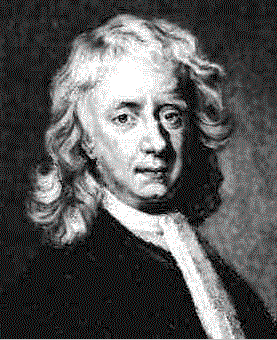When we raise an apple up to a height of one meter, we perform approximately one joule of work. So what is a joule?
Joule is the unit of energy used by the International Standard of Units (SI). It is defined as the amount of work done on a body by a one Newton force that moves the body over a distance of one meter. Wait a minute … is it a unit of energy or a unit of work?
Actually, it is a unit of both because the two are interrelated. Energy is just the ability of a body to do work. Conversely, work done on a body changes the energy of the body. Let’s go back to the apple example mentioned earlier to elaborate.
An apple is a favorite example to illustrate a one joule of work when using the definition given earlier (i.e., the amount of work done ….) because an apple weighs approximately one Newton. Thus, you’d have to exert a one Newton upward force to counteract its one Newton weight. Once you’ve lifted it up to a height of one meter, you would have performed one joule of work on it.
Now, how does energy fit into the picture? As you perform work on the apple, the energy of the apple (in this case, its potential energy) changes. At the top, the apple would have gained about one joule of potential energy.
Also, when the apple is one meter above its original position, say the floor, gravity would have gained the ability to do work on it. This ability, when measured in joules, is equivalent to one joule.
Meaning, when you release the apple, the force of gravity, which is simply just the weight of the body and equivalent to one Newton, would be able to perform one joule of work on it when the apple drops down from a height of one meter.
Mathematically, 1 joule = 1 Newton ⋅ meter. However, writing it as Newton ⋅ meter is discouraged since it can be easily confused with the unit of torque.
Particle physics experiments deal with large amounts of energies. That is why it is also known as high energy physics. If you liked our answer to the question, “What is a Joule?”, you might want to read the following articles from Universe Today:
Rare Binary Pulsars Provide High Energy Physics Lab
New Particle Throws Monkeywrench in Particle Physics
Physics World also has some more:
Particle physics: the next generation
To the LHC and beyond
Tired eyes? Let your ears help you learn for a change. Here are some episodes from Astronomy Cast that just might suit your taste:
The Large Hadron Collider and the Search for the Higgs-Boson
Antimatter
Sources:
University of Wisconsin
Wikipedia
University of Virginia

